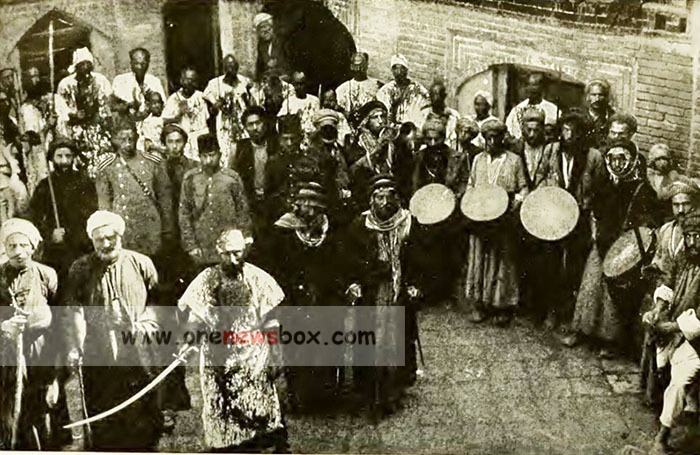Social and Psychological Dimensions
From a psychological perspective, the act of engaging in Tatbir can be seen as a form of catharsis, allowing participants to release pent-up emotions and connect with a collective sense of grief. Socially, it reinforces communal bonds, as the shared experience of mourning fosters a sense of unity and belonging among participants. However, the physical and emotional toll of the ritual also raises important questions about the balance between personal devotion and well-being.
Global Reactions and Media Representation
The global media’s portrayal of Tatbir has often been sensationalized, focusing on the graphic and bloody aspects of the ritual. This can lead to a skewed understanding of the practice and its significance. It is crucial to approach the topic with cultural sensitivity and a nuanced perspective that considers the ritual’s historical, religious, and social contexts.
Conclusion
Tatbir remains a complex and multifaceted ritual within Shia Islam, reflecting the deep-seated historical and emotional significance of Husayn ibn Ali’s martyrdom. While it continues to be a subject of intense debate and differing interpretations, it undeniably plays a crucial role in the religious and cultural identity of many Shia Muslims. As with any religious practice, understanding Tatbir requires a respectful and informed approach, recognizing its place within the broader tapestry of Islamic tradition and community life.
Check Also
See spectacular photos of Tehran’s last firewood sellers!
Until the first half of the 1950s, firewood vendors were among the most essential yet …

